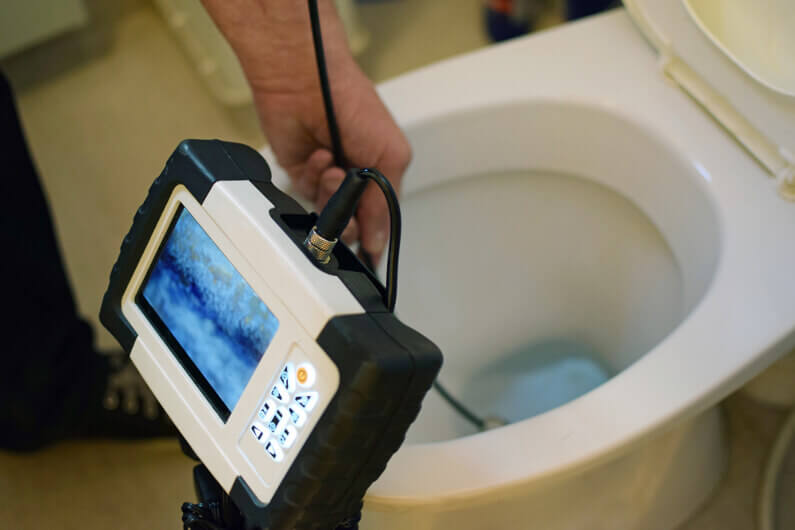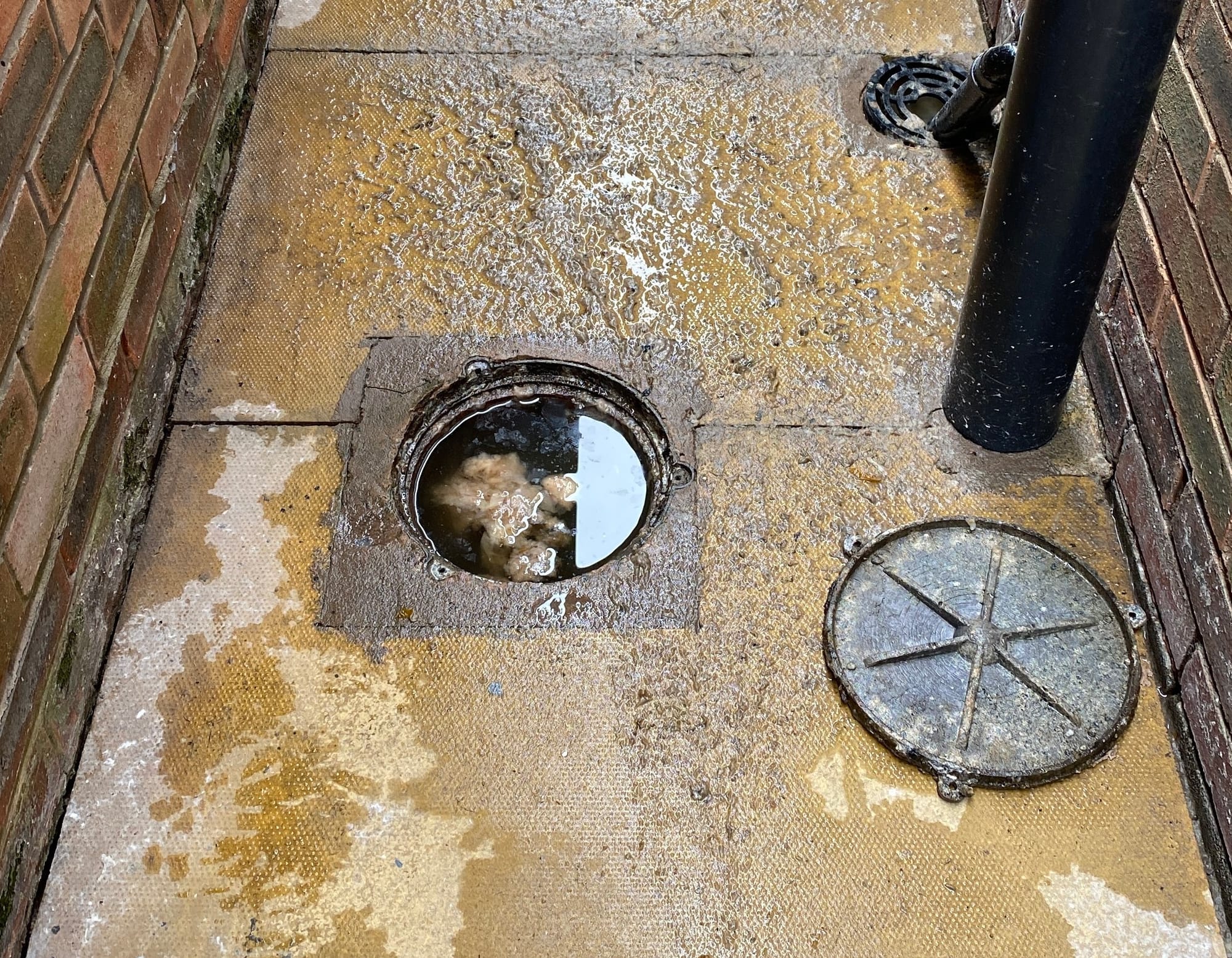Measures to Take for Repairing a Blocked Drain Prior to Reaching out to Plumbing Experts
Measures to Take for Repairing a Blocked Drain Prior to Reaching out to Plumbing Experts
Blog Article
Each person will have their unique views about Some easy tips to fix blocked drains.

Introduction
Taking care of a blocked drainpipe can be a frustrating experience, interfering with everyday activities and potentially creating damage to your building. Nevertheless, before reaching out to plumbing professionals, there are steps you can take to deal with the problem yourself. In this guide, we'll explore DIY services and safety nets to take on an obstructed drainpipe efficiently.
Determining the Problem
The primary step in addressing a blocked drain is recognizing the indicators. Slow-moving water drainage, gurgling audios, foul odors rising from drains pipes, or water backing up are common signs of an obstructed drainpipe. Recognizing these signs early can help prevent even more difficulties.
Typical Reasons For Obstructed Drainpipes
Comprehending the elements that contribute to drain clogs is essential for efficient resolution. Common perpetrators consist of hair, soap residue, oil, food particles, and international objects like hygienic items or paper towels. Tree origins attacking underground pipes can also trigger substantial blockages.
DIY Solutions
For minor blockages, numerous do it yourself options can be effective. Putting boiling thin down the drainpipe can assist dissolve grease and particles. Sodium bicarbonate and vinegar or a blend of salt and cooking soda can serve as all-natural cleansers. Using a plunger or plumbing serpent to dislodge obstructions is another alternative.
Devices and Equipment
Having the right devices on hand can make DIY drainpipe cleaning up a lot more efficient. A bettor is a functional device for getting rid of clogs in sinks, toilets, and showers. A plumbing serpent or auger can get to much deeper obstructions, while drainpipe cleaning chemicals can be utilized carefully for stubborn blockages.
Safety nets
To stay clear of future obstructions, taking on preventive measures is vital. Mount drain guards or strainers to capture hair and debris before they go into the pipelines. Consistently flush drains pipes with hot water to dissolve oil buildup, and avoid getting rid of oil or solid waste down the drain.
When to Call an Expert
While do it yourself services can fix small blockages, specific indications indicate the need for expert help. Persistent clogs, foul odors in spite of cleansing efforts, or multiple drains pipes backing up all at once are warnings that warrant expert intervention.
Choosing the Right Pipes Service
When choosing a plumbing service, think about elements such as experience, licensing, and client reviews. Select a trustworthy plumbing professional with a performance history of quality handiwork and transparent prices practices.
Cost Factors to consider
The price of specialist drain cleaning company can vary relying on the extent of the clog and the plumbing professional's rates. Demand quotes from several providers and ask about any type of added fees to ensure transparency and avoid shocks.
Security Measures
When trying do it yourself drainpipe cleaning, prioritize safety and security. Use protective gloves and glasses to prevent contact with dangerous chemicals or microorganisms. Never mix different drainpipe cleansing items, as this can produce hazardous fumes.
Instance Researches
Real-life instances show the efficiency of do it yourself remedies and the value of prompt professional intervention in fixing drain blockages.
Final thought
By adhering to the tips outlined in this guide, you can effectively tackle obstructed drains pipes and avoid future pipes concerns. Whether opting for DIY solutions or seeking professional aid, prompt action is vital to keeping a healthy and balanced plumbing system and preserving the integrity of your home.
WHAT I LEARNED FROM TRYING TO DEAL WITH A CLOGGED DRAIN
We have had our share of seepages and other annoying things that are part of living, especially in an apartment complex. And if there’s one thing that’s terrifying for a homeowner—or even someone in a rented home—it is a clogged drain, indoors or outdoors.
We enjoy our living space, but it’s simply a fact of life that dead skin, soap and a host of other items go down the drain; eventually, the residue builds up and prevents anything from moving. Ugh.
Not Calling A Professional
Of course, it might seem simple to just whip the pipe off under the sink and see if you can unblock it. Unfortunately, what if the blockage isn’t there, or you don’t reconnect it properly? Worse, you might break a piece and have no drainage system. Can you imagine that scene? Yuck!
Not Watching Your Waste
This will sound d’uh, but the best tip I can give you for drain cleaning is to avoid clogging the drain in the first place! You can do this by monitoring what goes down the drain and catching the items which are most likely to give you a problem. Invariably hair, vegetable peels, and large wads of toilet paper are the most obvious culprits. Add a filter—these are available in hardware stores and can be removed and cleaned easily.
Poking The Drain
The first urge with a clogged drain is to poke at it with a stick or anything that resembles a stick. Sadly, this does not result in magically solving the issue. The mental image is, naturally, one of the stick just pushing through the offending item and all is well again. Reality is quite different and unpleasant and likely to lead to further problems.
The thing is, every drain has a series of bends that are not visible to us. Drains are built this way to prevent gases from entering the house. What happens when you poke a stick into the drain? Of course, it can’t bend around the corner. The more adventurous people will use force and end up wedging the stick or causing it to break off in the pipe—creating an even bigger issue. Worst thing? The stick will shift the block further down the pipe, creating the space for more to collect. Go ahead! Roll your eyes!
Using The Wrong Plunger
You know what they say: the right tool for the right job! Did you know there are different types of plungers besides the basic one we keep at home for an emergency? Yes, there are. For example, the toilet plunger has a bell-shaped bottom while the sink plunger is flat. This is an important difference and using the wrong plunger will be useless. There’s also a knack in using plungers—they must be placed in such a way that they create an airtight seal and then, moved slowly up and down—not as fast as we imagine.
https://vidyasury.com/2018/01/learned-trying-deal-clogged-drain.html

I discovered that blog entry on Some easy tips to fix blocked drains while surfing around the search engines. Are you aware of anybody else who is very much interested in the subject? Take a moment to share it. Thank you for your time spent reading it.
Website Report this page